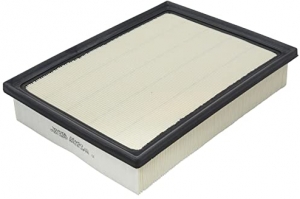-
Welcome to 4Runners.com!
You are currently viewing as a guest! To get full-access, you need to register for a FREE account.
As a registered member, you’ll be able to:- Participate in all 4Runner discussion topics
- Transfer over your build thread from a different forum to this one
- Communicate privately with other 4Runner owners from around the world
- Post your own photos in our Members Gallery
- Access all special features of the site
Heated steering wheel mod - success!
Discussion in '5th Gen 4Runners (2010-2024)' started by Emmantik, Nov 7, 2023.
Page 3 of 3
Page 3 of 3

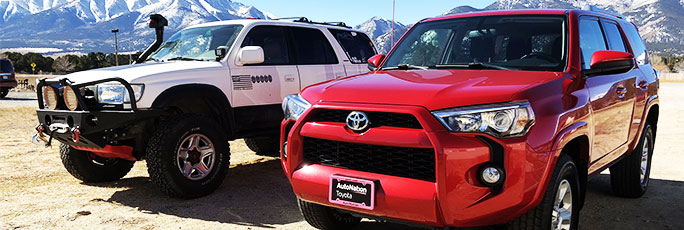
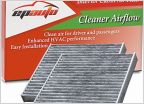 Hey Electroboy!
Hey Electroboy!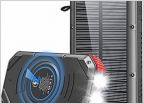 Less cumbersome jumper cables
Less cumbersome jumper cables Husky Cargo mat / Lasfit floor mat review
Husky Cargo mat / Lasfit floor mat review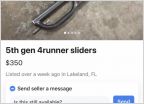 New 4Runner going to Moab
New 4Runner going to Moab TRD Pro roof rack - mounting recovery boards?
TRD Pro roof rack - mounting recovery boards? What side steps are recommended on Amazon?
What side steps are recommended on Amazon?


































